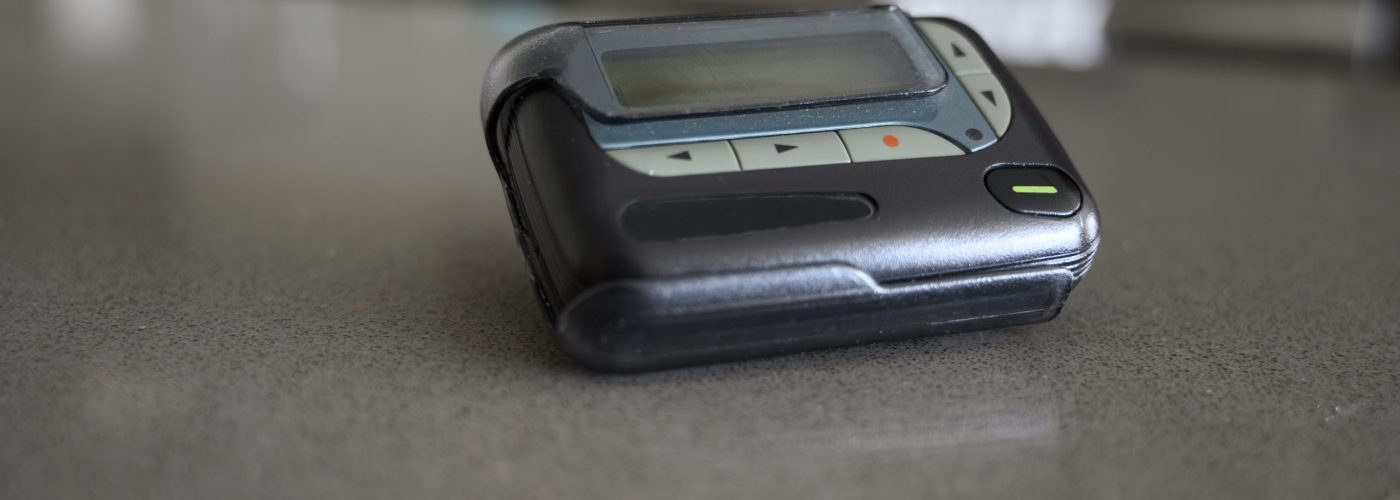In modern healthcare, where rapid responses and seamless communication are critical, smart pagers have emerged as indispensable tools. These pocket-sized devices have revolutionized how healthcare professionals interact, coordinate patient care, and respond to emergencies.
With their advanced features and capabilities, smart pagers have empowered healthcare teams to enhance patient safety, improve operational efficiency, and foster better communication across the entire facility. This article will discuss the multifaceted role of smart pagers in modern healthcare, exploring their key benefits and functionalities for successful implementation.
What Are Smart Pagers?
Smart pagers are advanced communication devices explicitly designed for healthcare and other critical industries. They build upon the basic functionality of traditional pagers by incorporating modern technology such as two-way communication, secure messaging, and integration with digital hospital systems like Electronic Health Records (EHRs).
Unlike older pagers, which only allow one-way alerts, smart pagers enable real-time conversations between healthcare professionals, improving the speed and reliability of communication in fast-paced environments. To explore more about these cutting-edge technologies, you can visit frequencyprecision.com, a source for advanced paging and communication solutions tailored to critical care environments.

The Role of Smart Pagers in Healthcare
Smart pagers have become essential tools in modern healthcare. Discover the key features and benefits of smart pagers in healthcare.
1. Improved Communication
Smart pagers facilitate real-time, two-way communication between healthcare providers, allowing them to respond to emergencies or urgent requests quickly. Unlike traditional one-way pagers, these devices provide confirmation when a message has been received and acknowledged. This feature helps eliminate delays in critical situations, ensuring that information reaches the right person at the right time and enhancing the speed and accuracy of communication in healthcare settings.
2. Enhanced Workflow and Efficiency
Smart pagers significantly streamline hospital workflows by integrating various management systems like electronic health records (EHR), bed management, and scheduling tools. For instance, they can send alerts for tasks such as medication administration or patient care plan updates directly to the responsible staff. Additionally, smart pagers provide real-time bed availability updates and automate maintenance, cleaning, or inventory replenishment alerts, enabling smoother coordination across departments. These capabilities contribute to an overall improvement in operational efficiency within healthcare facilities.
3. Patient Safety and Care
In modern healthcare environments, smart pagers enhance patient safety by ensuring critical medical alerts, such as those from patient monitoring systems, are immediately directed to the appropriate healthcare provider. This rapid dissemination of information allows for faster response times, which is particularly vital in emergencies. Some smart pagers can even display important patient data like vital signs or lab results, empowering healthcare providers to make informed decisions at the point of care, thus improving patient outcomes.
4. Integration with Hospital Systems
One of the key advantages of smart pagers is their ability to integrate seamlessly with various hospital communication systems, including nurse call systems, EHR platforms, and emergency alert systems. This integration ensures that healthcare teams receive critical updates and patient information even when not stationed at a particular location. In some cases, smart pagers can even integrate with telemedicine platforms, allowing doctors to access vital patient information remotely, further expanding their utility in modern healthcare settings.
5. Security and HIPAA Compliance
With an emphasis on security, smart pagers are designed to protect sensitive patient information. They come equipped with encryption features that ensure any data transmitted through the devices remains secure. This level of protection is essential for maintaining compliance with Health Insurance Portability and Accountability Act (HIPAA) regulations, which are crucial for safeguarding patient privacy in healthcare environments. Hospitals can confidently handle and transmit sensitive information using smart pagers while minimizing the risk of data breaches.
6. Battery Life and Reliability
Another advantage of smart pagers over smartphones in healthcare settings is their reliability. Smart pagers are designed with long-lasting battery life, allowing them to function effectively in high-stakes environments where uninterrupted communication is critical. Their durability and reliability make them the preferred choice for critical care units and emergency departments, where failures in communication can have serious consequences.
7. Cost-Effective Solution
Smart pagers offer a more cost-effective solution for healthcare facilities than smartphones, especially in areas where Wi-Fi or cellular connectivity might be inconsistent or unreliable. Their low maintenance costs, reliability, and essential features make them ideal communication tools for hospitals looking to implement efficient, budget-conscious communication systems that do not compromise performance or patient care.
Conclusion
Smart pagers have emerged as essential tools in modern healthcare, transforming how healthcare professionals communicate, coordinate care, and respond to emergencies. Their advanced features, such as two-way communication, location tracking, and electronic health record integration, have significantly enhanced efficiency and patient safety. As technology advances, smart pagers are poised to play an even more critical role in shaping the future of healthcare, offering innovative solutions to meet the evolving needs of patients and providers.






